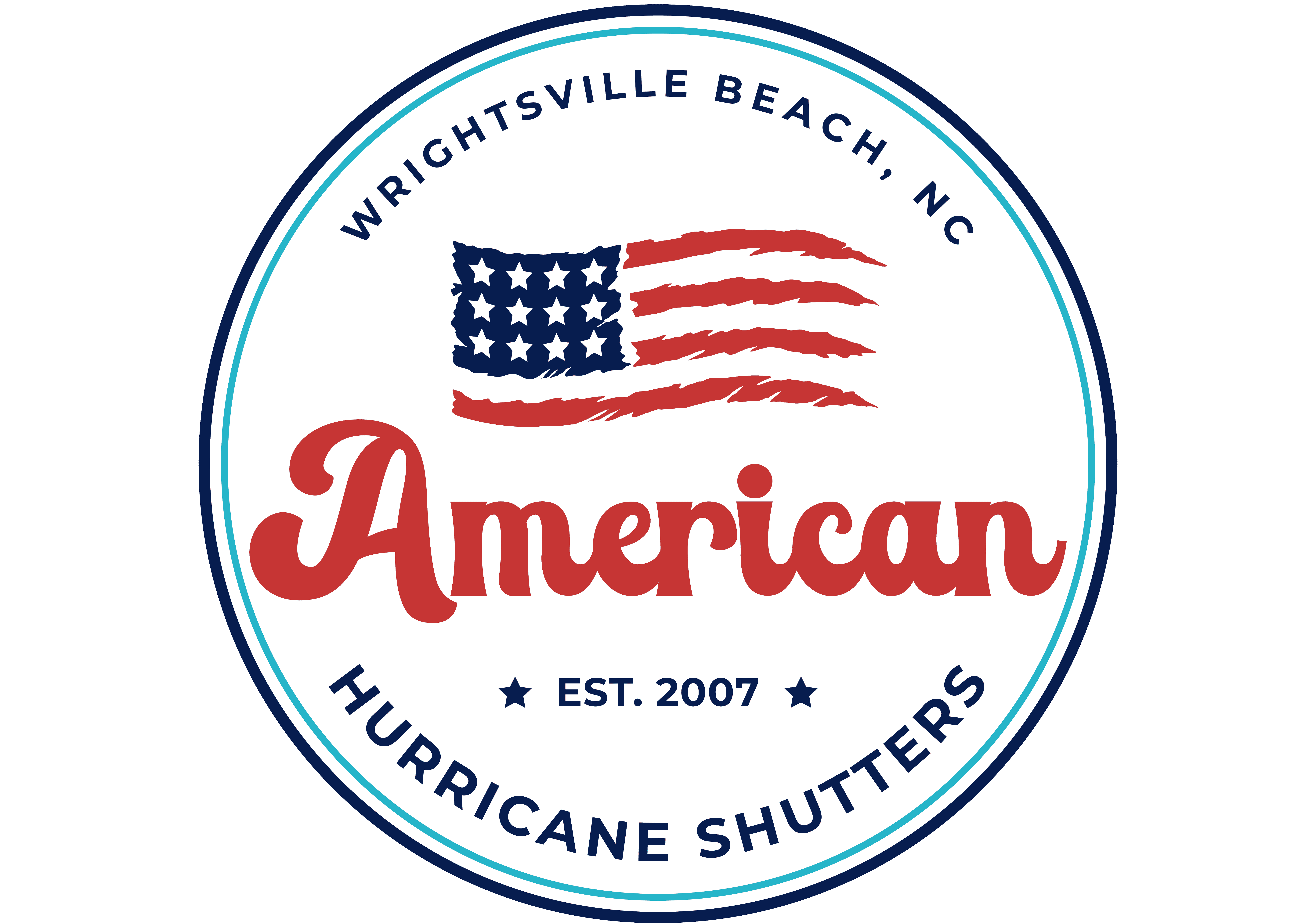For homeowners seeking both aesthetic appeal and functional benefits, custom metal awnings offer a perfect solution. These structures not only enhance the visual charm of your home but also provide essential protection against the elements. Understanding the intricacies of custom metal awnings, from design considerations to material selection, is crucial for making an informed decision. This guide delves into every aspect of custom metal awnings for homes, ensuring you have all the information needed to invest wisely.
The Importance of Custom Metal Awnings
Custom metal awnings are not just decorative additions to your home; they serve a multitude of practical purposes. From shielding your interiors from harsh sunlight to reducing energy costs, the benefits are manifold. Let’s explore why investing in custom metal awnings is a wise decision for any homeowner.
Protection from the Elements
Metal awnings are highly effective in protecting your home from various weather conditions. Whether it’s the scorching sun, heavy rain, or snow, awnings act as a shield, safeguarding your windows and doors. This protection extends the lifespan of your home’s exterior and prevents fading of interior furnishings.
Moreover, by blocking direct sunlight, metal awnings significantly reduce heat gain within your home, contributing to cooler indoor temperatures during hot summer months. This natural cooling effect can lead to substantial savings on air conditioning costs, making metal awnings a smart investment for energy-efficient living.
Enhanced Aesthetic Appeal
Custom metal awnings add a unique architectural element to your home’s exterior. With a variety of designs, colors, and finishes available, you can tailor the look of your awnings to complement your home’s style. Whether you prefer a modern, sleek appearance or a more traditional, ornate design, custom metal awnings can be crafted to meet your aesthetic preferences.
This customization extends beyond mere appearance. The size and shape of awnings can be adjusted to fit specific windows or doors, ensuring a cohesive look throughout your property. By enhancing your home’s curb appeal, custom metal awnings can also contribute to an increase in property value.
Choosing the Right Material for Your Awnings
The durability and appearance of your custom metal awnings depend significantly on the material used. While aluminum and steel are the most common choices, each offers distinct advantages and considerations.
Aluminum Awnings
Aluminum is a popular choice for metal awnings due to its lightweight nature and resistance to corrosion. This makes it an excellent option for homes in coastal areas where saltwater can accelerate the corrosion of other materials. Aluminum awnings are also low maintenance, requiring only occasional cleaning to maintain their appearance.
Despite its advantages, aluminum’s lightweight nature means it may not be as sturdy as steel in areas prone to high winds or heavy snowfall. However, for most residential applications, aluminum provides a balance of durability and ease of installation.
Steel Awnings
For homeowners seeking maximum durability, steel awnings are a robust option. Steel’s strength allows for larger awning designs without compromising on stability. This makes it suitable for covering expansive windows or creating sizable outdoor living spaces protected from the sun and rain.
However, steel awnings require a protective coating to prevent rust and corrosion, especially in humid or coastal environments. Regular maintenance, including repainting and inspection for signs of wear, is necessary to ensure the longevity of steel awnings.
Design Considerations for Custom Metal Awnings
Designing custom metal awnings involves more than selecting the right material. Factors such as the architectural style of your home, the specific needs of your outdoor spaces, and local climate conditions all play a role in determining the ideal awning design.
Matching Your Home’s Architectural Style
The design of your metal awnings should complement the overall architectural style of your home. For traditional homes, awnings with ornate details and classic shapes can enhance the historical charm. Conversely, modern homes benefit from the clean lines and minimalist designs of contemporary awning styles.
Color selection is also crucial in achieving a harmonious look. Choosing colors that match or contrast with your home’s exterior in a tasteful manner can accentuate architectural features and increase visual appeal.
Considering Local Climate Conditions
Local climate conditions significantly influence the design and placement of custom metal awnings. In areas with high winds, securing awnings with additional supports or opting for retractable models can provide flexibility and reduce the risk of damage. For homes in regions with heavy snowfall, ensuring that awnings are constructed to bear the weight of snow is essential for safety and durability.
Understanding the direction of sunlight throughout the day can also guide the placement of awnings to maximize shade and energy efficiency. A well-designed awning not only protects your home but also enhances comfort and reduces energy costs.
Additional Considerations for Custom Metal Awnings
When investing in custom metal awnings, it’s essential to consider not only the immediate benefits but also the long-term implications. Proper installation by experienced professionals is crucial to ensure the structural integrity of the awnings and their ability to withstand various weather conditions.
Additionally, exploring advanced features such as motorized retractable awnings can provide added convenience and functionality. These automated systems allow you to adjust the awning position with ease, providing shade or sunlight as needed throughout the day.
Maintaining Your Metal Awnings
To prolong the lifespan of your custom metal awnings, regular maintenance is key. Cleaning the awnings periodically with mild soap and water can help prevent dirt buildup and maintain their appearance. Inspecting for any signs of damage, such as loose fasteners or tears in the fabric, is essential for addressing issues promptly and avoiding costly repairs.
Furthermore, applying a protective coating to metal awnings can enhance their resistance to corrosion and fading, ensuring they remain visually appealing for years to come. By investing time in proper maintenance, you can maximize the longevity and performance of your custom metal awnings.
Conclusion
Custom metal awnings offer a blend of functionality and aesthetic appeal, making them a valuable addition to any home. By considering factors such as material selection, design considerations, and local climate conditions, homeowners can invest in awnings that provide lasting benefits. Whether you’re looking to protect your home from the elements, reduce energy costs, or simply enhance its curb appeal, custom metal awnings are a versatile and effective solution.
Investing in custom metal awnings is not just about choosing a product; it’s about enhancing the quality of your home life. With the right planning and consideration, your awnings will serve as a testament to both your practicality and your sense of style for years to come.

